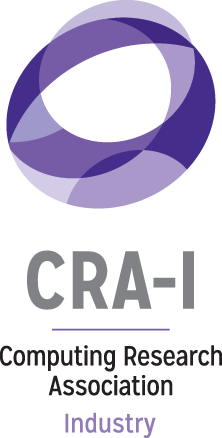President Biden Releases Some Topline Budget Numbers for Fiscal Year 2024; Numbers for Multiple Science Agencies Do Well; NSF Receives 14% Increase
The Biden Administration released some details of their $6.9 trillion budget request for Fiscal Year 2024 (FY24). Research agencies across the federal government will do well under President Biden’s budget request, particularly NSF, much as they did in last year’s request.







